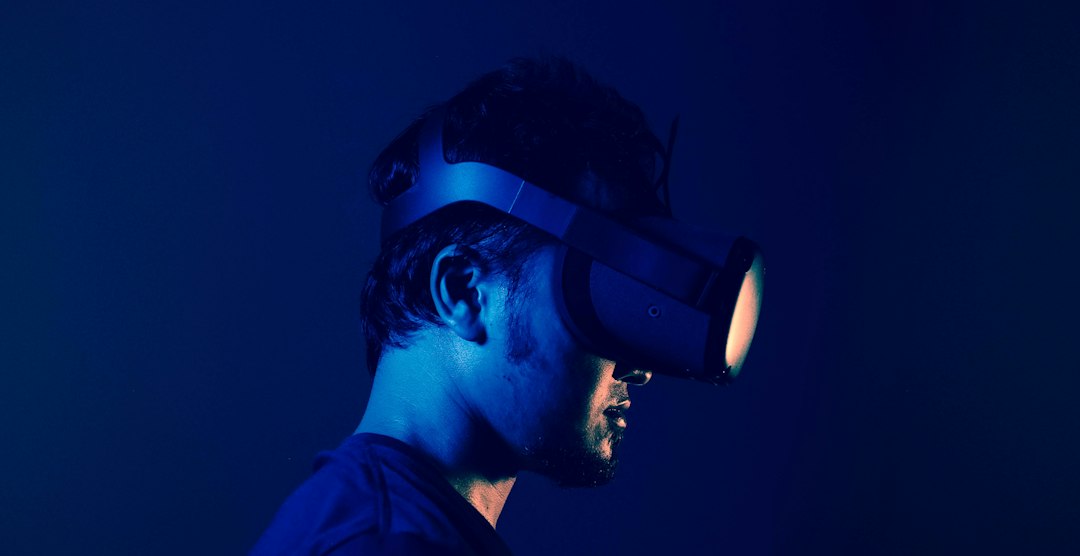The Future of Gaming: Virtual Reality vs. Augmented Reality
Gaming has come a long way from the classic arcade days of Pong and Pac-Man. From consoles to PCs, gaming has continuously evolved to provide more immersive and realistic experiences. And now, with the emergence of virtual reality (VR) and augmented reality (AR), the future of gaming is poised to take another leap forward.
VR gaming transports players into a fully simulated digital world. With the use of a headset, players can explore virtual environments and interact with objects and characters as if they were physically present. The technology has already shown its potential with games like Beat Saber, where players slash through beats with a virtual lightsaber, or Half-Life: Alyx, which takes players on a gripping VR journey.
On the other hand, AR gaming overlays digital elements onto the real world. Instead of being fully immersed in a virtual experience, players see virtual objects integrated into their physical environment through a smartphone or wearable device. Pokémon Go is a popular example of AR gaming, where players can capture virtual creatures in the real world using their smartphones.
So, which technology holds more promise for the future of gaming? Let’s take a closer look at both VR and AR to find out.
Virtual reality offers a level of immersion like no other. With VR, players can truly step into the shoes of their in-game characters, enhancing the sense of presence and making the experience feel incredibly real. Games designed specifically for VR can take advantage of the technology’s capabilities, offering unique gameplay mechanics and innovative ways of interaction. Additionally, VR has potential beyond gaming, with applications in areas such as education, training, and even therapy.
However, VR also has its limitations. The technology requires expensive equipment, including high-end headsets and powerful gaming PCs, making it inaccessible for many players. Moreover, extended periods of VR gaming can cause motion sickness or discomfort for some users. These issues, although being addressed by developers and hardware manufacturers, still hinder the widespread adoption of VR gaming.
On the other hand, augmented reality has a broader scope of application. Unlike VR, AR is not limited to dedicated gaming devices but can be experienced through smartphones or even smart glasses. This accessibility opens up a world of possibilities for AR gaming, as more players can participate without the need for additional hardware. Furthermore, AR can seamlessly blend virtual elements with the real world, offering extraordinary experiences that bridge the gap between imagination and reality.
Nevertheless, AR also faces challenges. The technology relies heavily on the quality of devices’ cameras and sensors to accurately track and integrate virtual objects, which can sometimes result in glitches or inconsistencies. Additionally, the technology is still in its infancy, with developers exploring ways to fully harness its potential and create engaging AR gaming experiences.
In the end, the future of gaming will likely be a blend of both VR and AR. While VR provides unparalleled immersion, AR offers a more accessible and versatile experience. Indeed, we can already see the convergence of these technologies with devices like the Oculus Quest, which combines VR with passthrough cameras to enable AR capabilities.
As technology continues to advance, we can expect further improvements in both VR and AR gaming. From enhanced graphics and more comfortable headsets to refined tracking systems and immersive haptic feedback, the future of gaming holds endless possibilities. Whether you’re exploring virtual worlds or battling virtual creatures in your living room, VR and AR will undoubtedly shape the gaming landscape for years to come.

